Vikram and Pragyan: India's lunar ambassadors, now captured in images by Chandrayaan-2
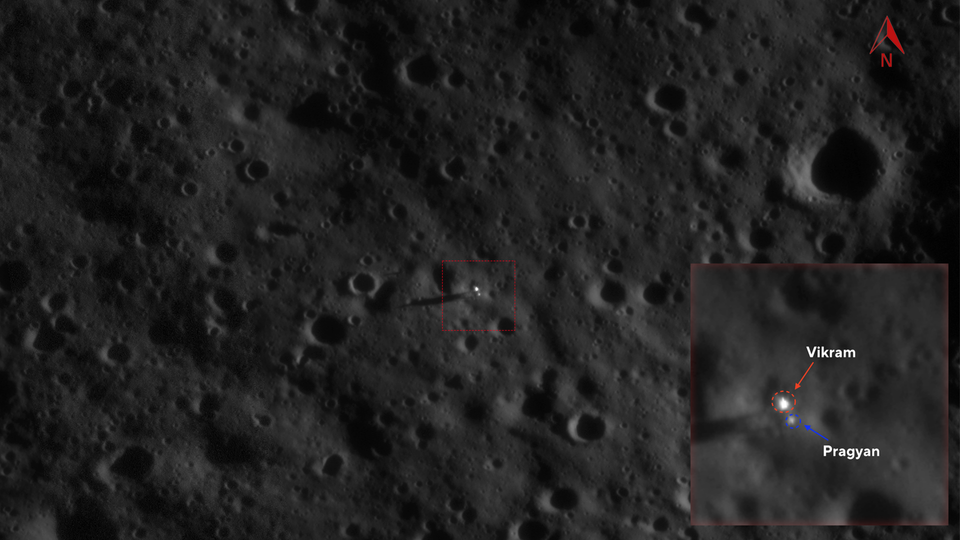
Following a successful touchdown at ShivShakti Statio, the Vikram Lander from Chandrayaan-3 deployed its rover, Pragyan, to navigate the cratered lunar surface. Equipped with integrated cameras, Pragyan transmitted video footage of its surroundings and commenced its research tasks, designated for a two-week exploration mission. On August 25, 2023, ISRO reported that Pragyan had covered a distance of 8 meters shortly after deployment. By the conclusion of its mission, the rover had successfully traversed approximately 101 meters.
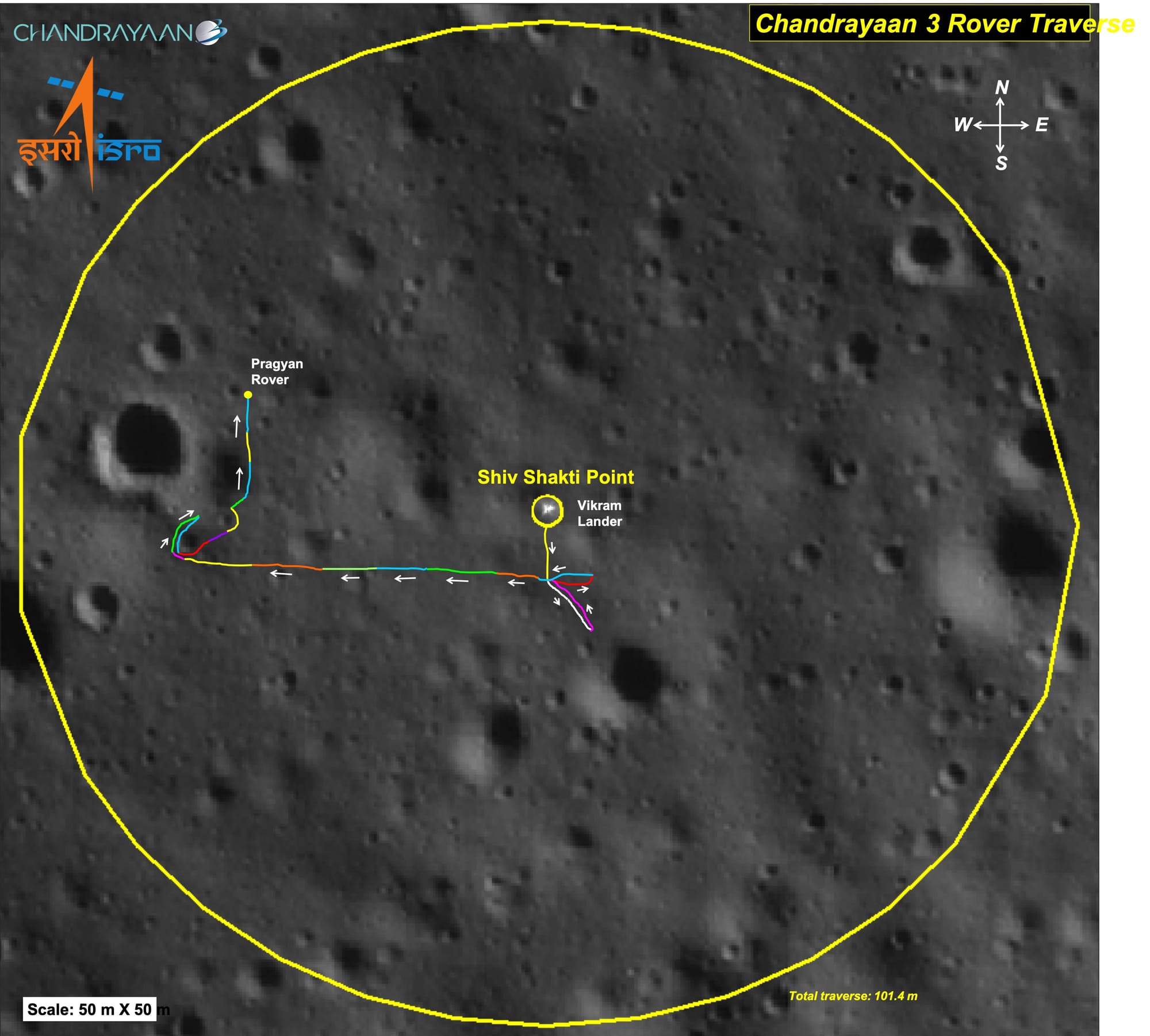
Despite the success of their mission, Vikram and Pragyan did not withstand the harsh conditions of the Moon's southern environment and were presumed non-operational, marking them as India's first lunar ambassadors. This outcome contrasts with the SLIM mission, which continues to function successfully, enduring the severe lunar nights in the more temperate equatorial region.
Although ISRO released images of the Vikram lander, the exact location of Pragyan's final resting place remained unclear. Today, for the first time, we can clearly see the little Pragyan positioned right beside Vikram.
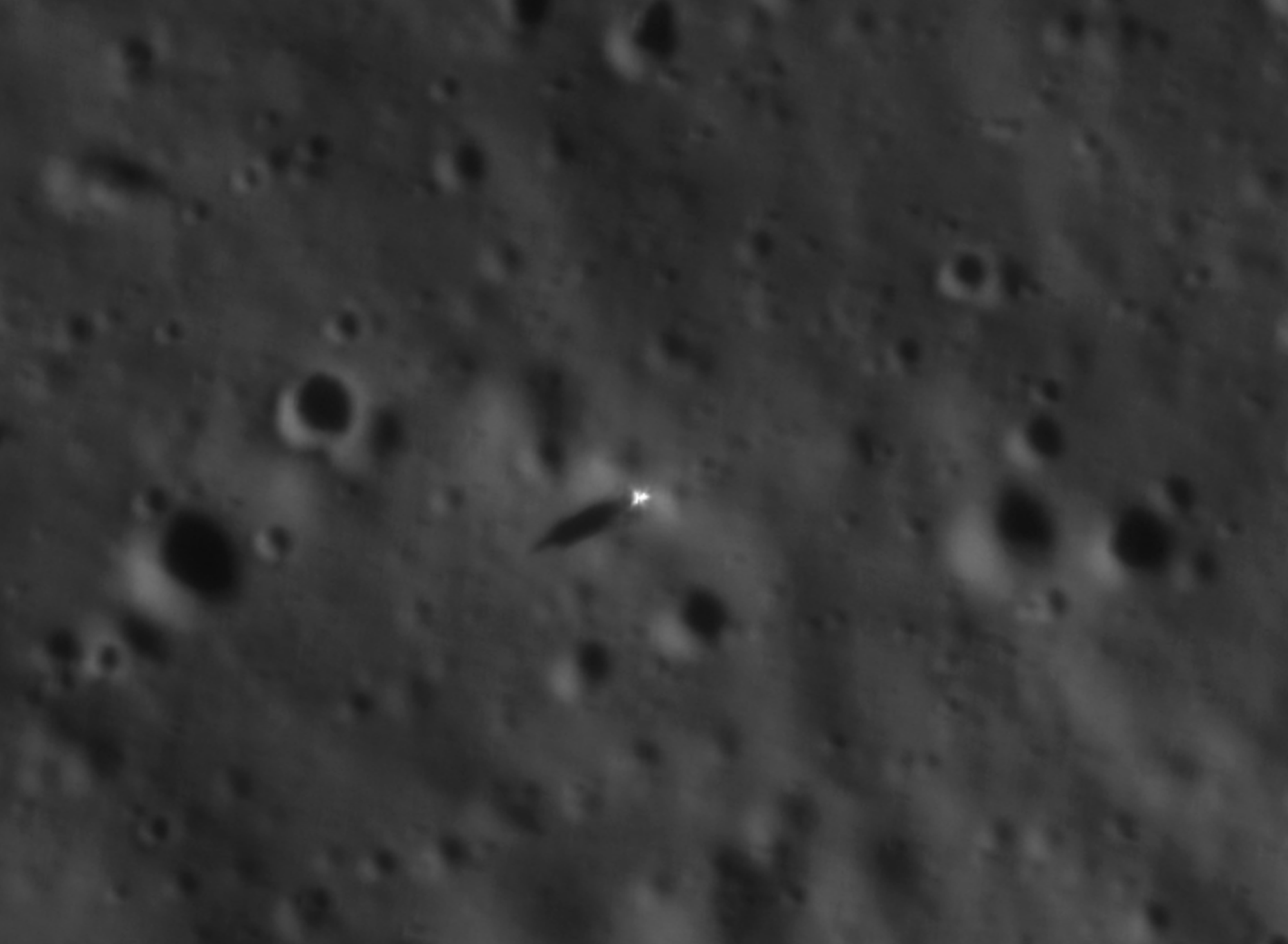
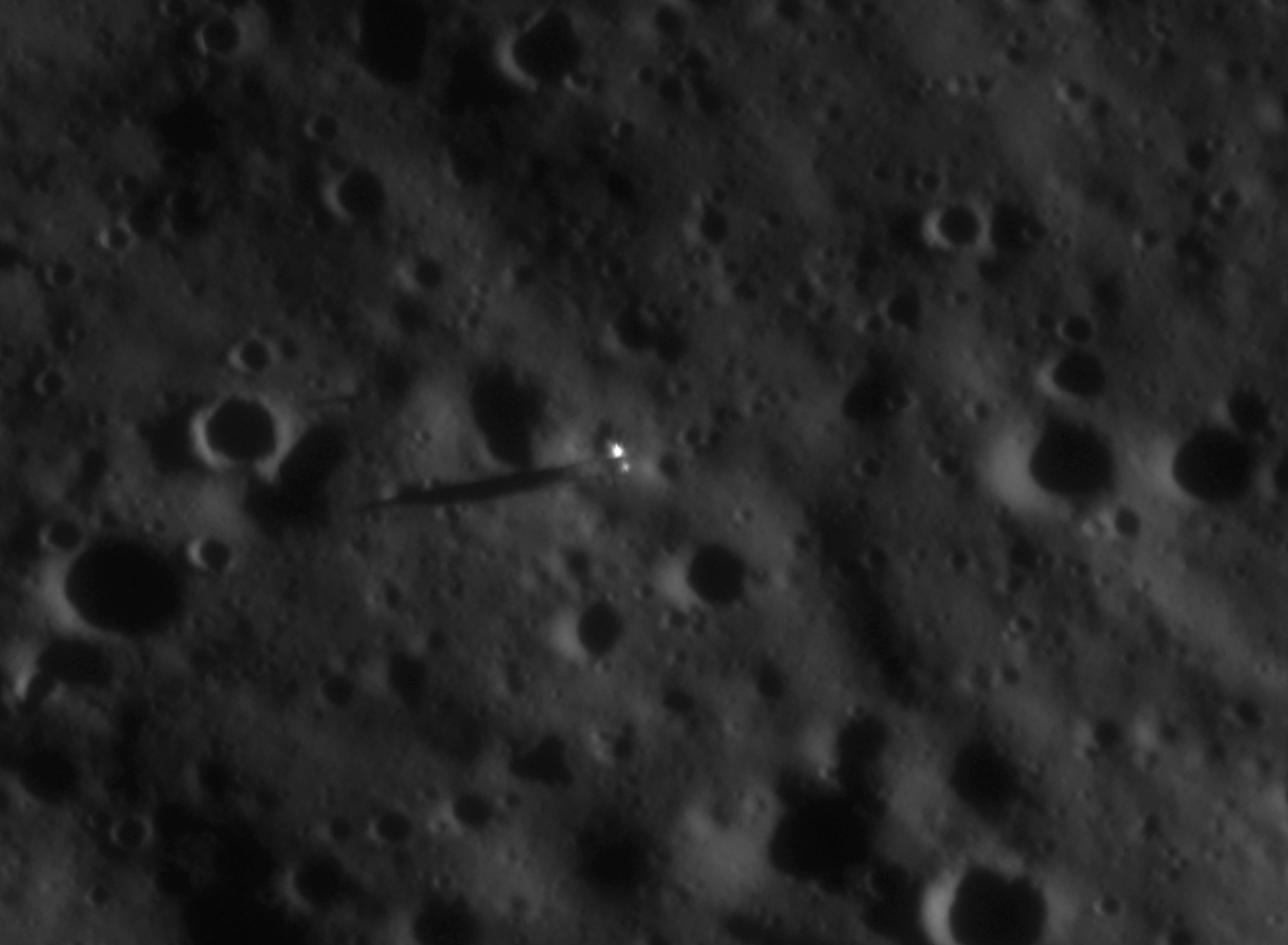
Image of ShivShakti Statio depicting the Vikram Lander immediately post-landing, captured on August 23, 2023 (ch2_ohr_ncp_20230823T1647285085_d_img_n18), and a subsequent image (ch2_ohr_ncp_20240315T2053268535_d_img_d18) of the Vikram Lander alongside the Pragyan rover after operational deployment, captured on March 15, 2024 (North is up). Credits: ISRO/C.Tungathurthi
The newly released high-resolution image of the landing site, captured on March 15, 2024, showcases significantly greater detail than the initial image shared by ISRO, which was taken just after the landing on August 23, 2023.
This latest image was obtained from a reduced altitude of approximately 65 kilometers, allowing for a resolution of about 17 cm, compared to the initial post-landing image captured at the regular altitude of 100 kilometers with a resolution of 26 cm. The difference in resolution is markedly apparent when observing these two images side by side; details such as the crater contours are exceptionally visible.
This enhanced clarity provides a vivid view of Pragyan, the small Indian rover that has made its 1.5 billion people proud.
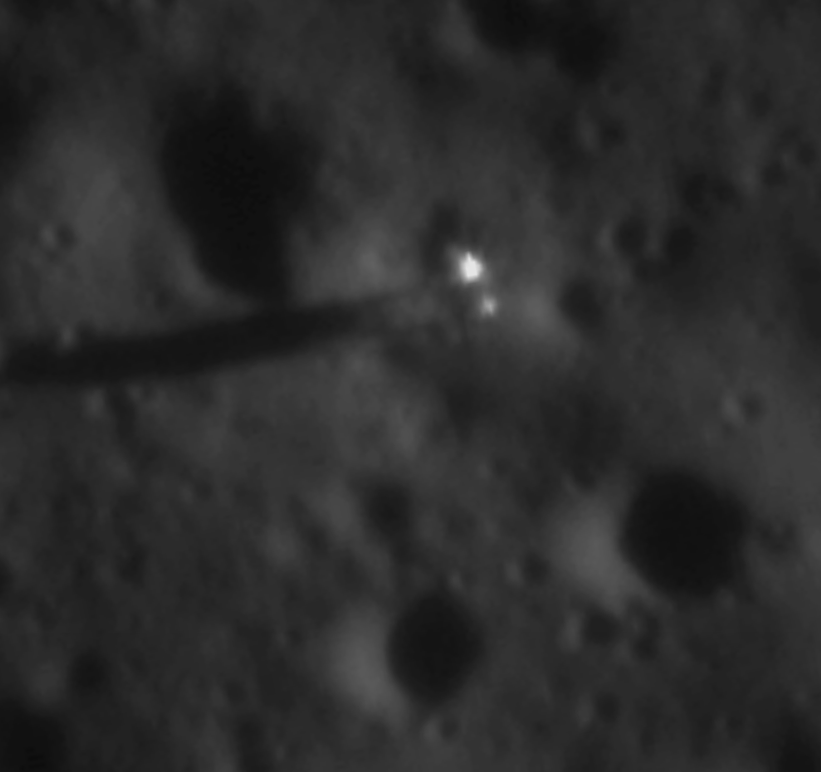
It is now evident that ISRO is advancing its capabilities by capturing the Moon's surface at unprecedented resolution levels of 16-17 cm, achieved by lowering its orbit to 60-65 km—significantly closer than the usual 100 km orbit that offers ~25 cm resolution. I am personally very excited to witness how ISRO is stretching its capabilities beyond already impressive limits.
Looking forward to more stunning images. IM-1, you're next!
~FIN
If you found this post informative, please consider subscribing to receive updates directly in your inbox. In my upcoming posts, I will delve into future such as Chang'e-6, LUPEX, and potential NASA Artemis landing sites, among other analyses.

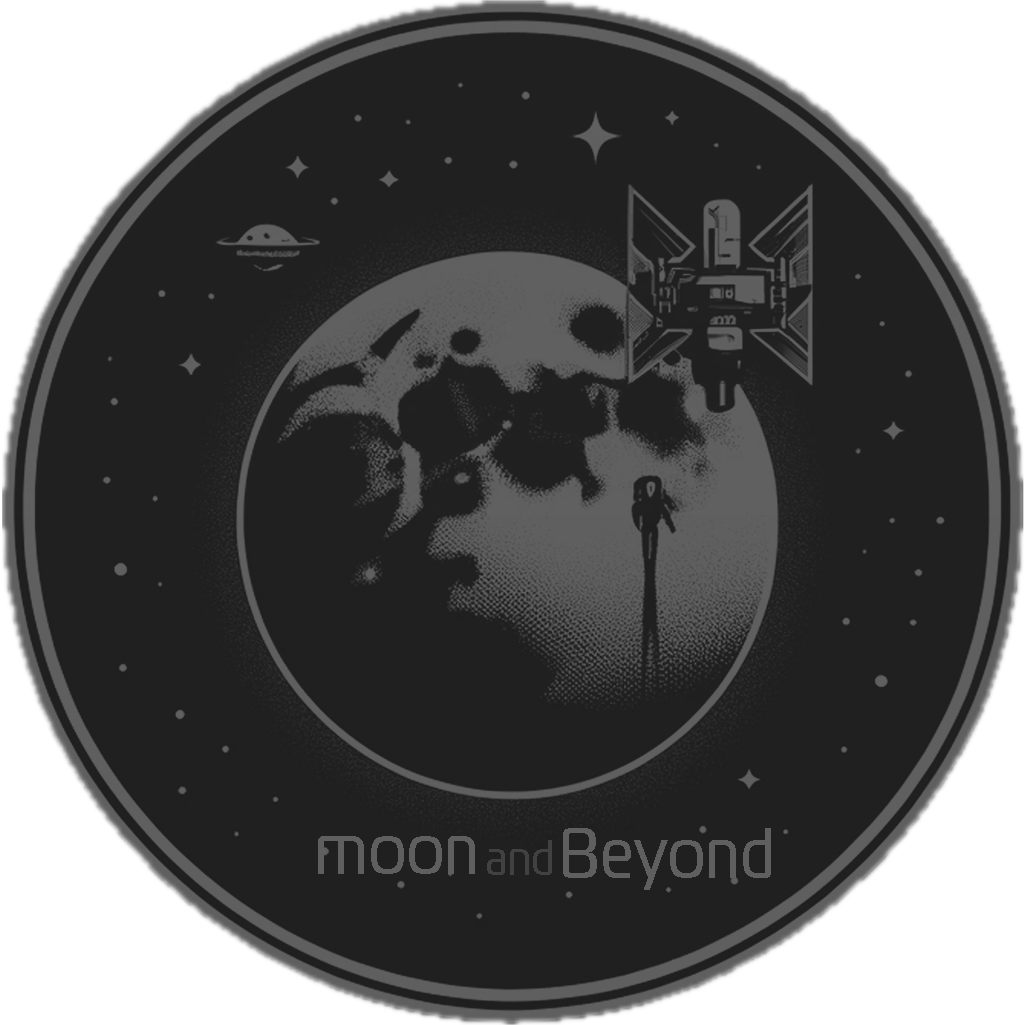
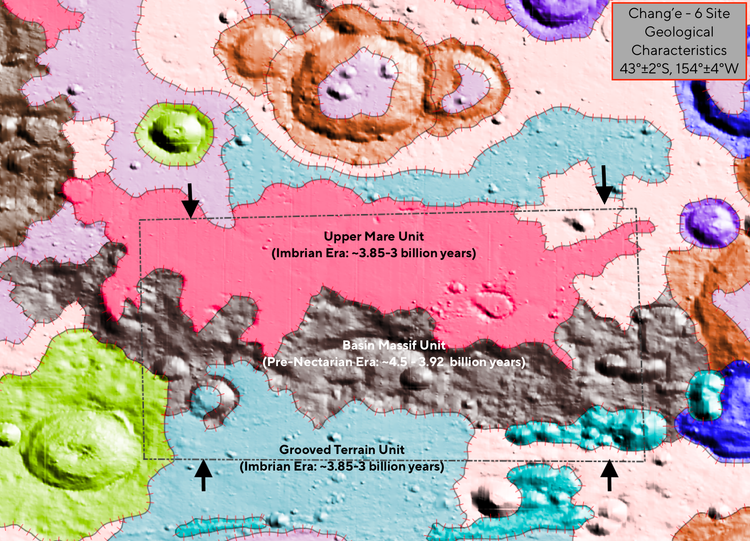
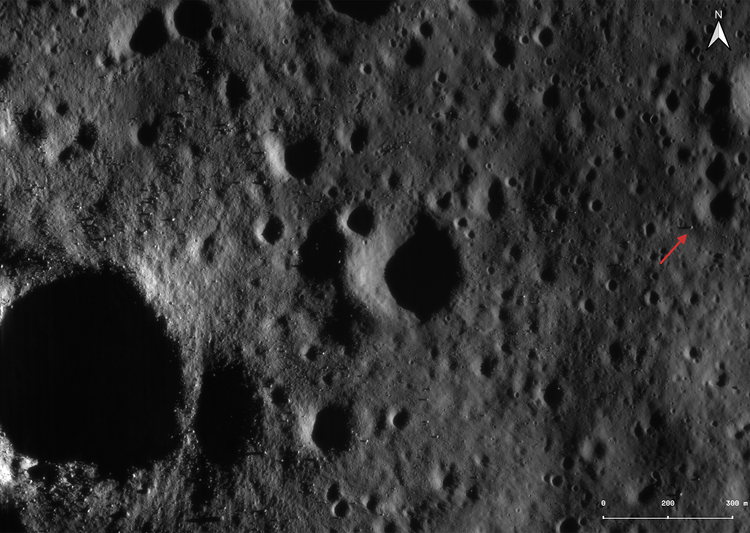
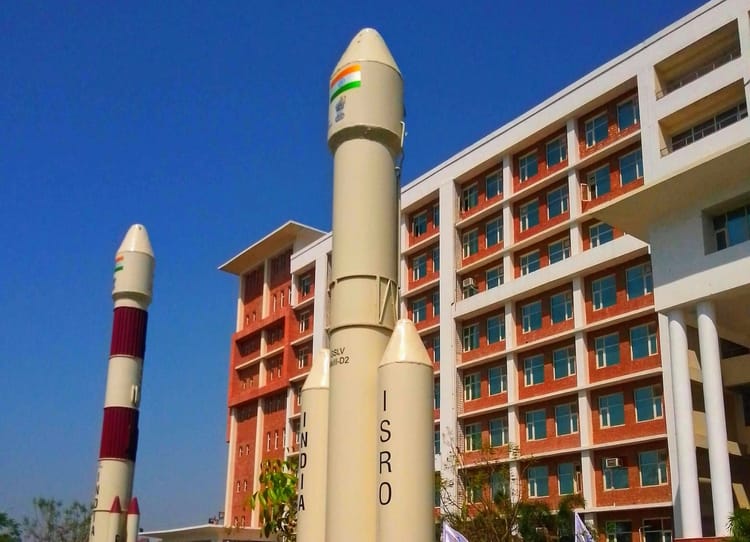
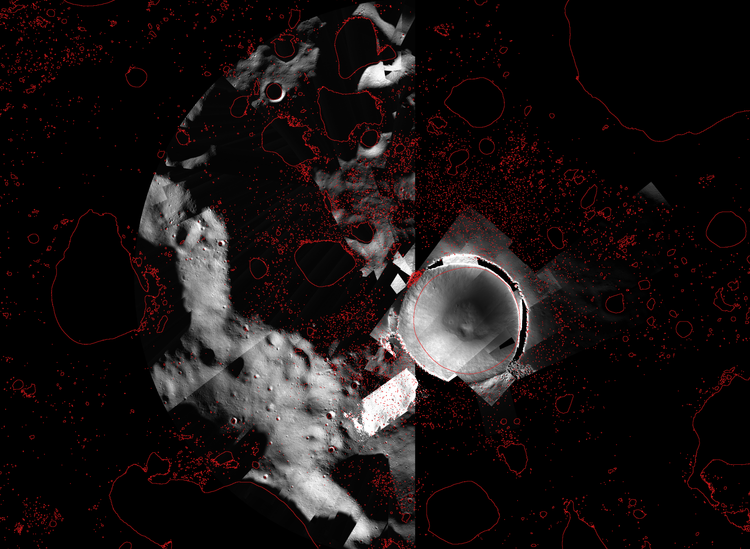
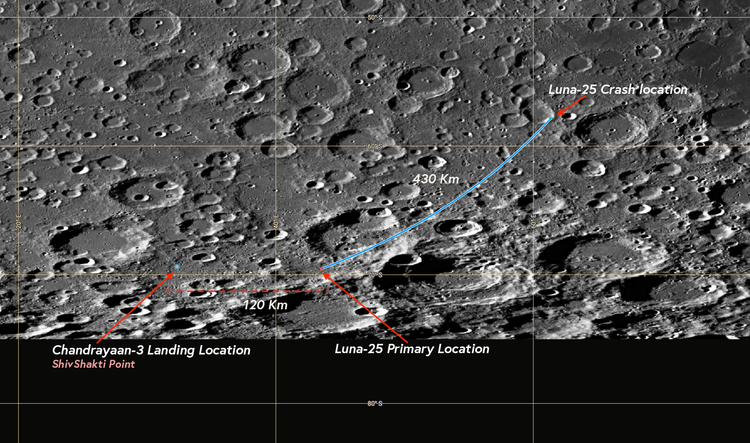
Member discussion